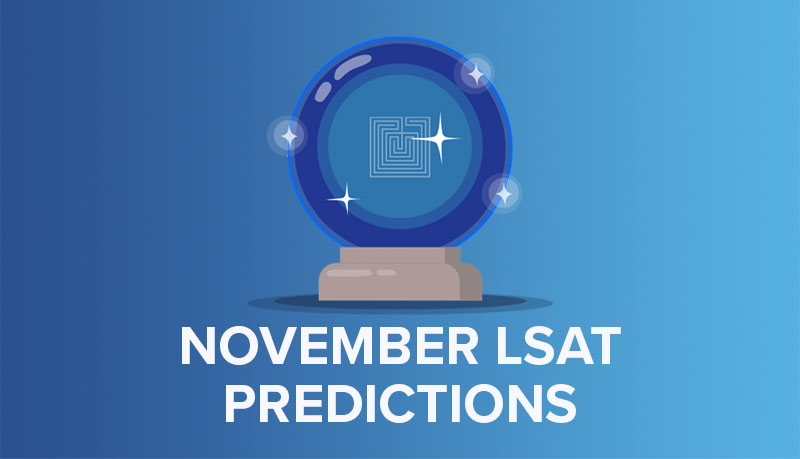We’re into the thick of the 2023 LSATs, with the arrival of the April test just around the bend. Here’s what to expect—
Logical Reasoning
Logical Reasoning has been formulaic on recent tests, so what should you expect from individual questions and entire sections on test day? You can expect the first 10-15 questions to include lower to medium-difficulty problems (maybe one or two hard ones thrown in), with a spike in difficulty towards the mid-teens. Use this gradual shift to your advantage and look out for tricks and traps once you get to the harder questions.
The last few years have seen a significant shift towards questions that target weakening, strengthening, and describing flaws in arguments (comprising around 10 questions each). Be prepared to identify logic gaps in arguments and describe (flaw), widen (strengthen), or narrow (weaken) those gaps.
Reading Comprehension
The LSAT also has clear Reading Comprehension tendencies. You can expect nearly all the passages to contain multiple perspectives on a particular subject, meaning it is your job to remember and describe the similarities and differences between those viewpoints.
You should also expect at least one technical or science-related passage that includes complex art terms. Remember, the LSAT is not testing your knowledge of quantum physics or the multiverse. Instead, it tests your ability to use your wits and context clues in the passage to discover the significance of even mentioning those terms in the first place. The LSAT is about logic and structure, not about the specific topics they throw at you, so stay focused on those elements.
Logic Games
The LSAT’s Logic Games section has become increasingly tricky because of the new wrinkles and strange elements that often appear in one or two problems per section. These complications include added tiers or combinations of different game types. On test day, you should expect at least one game to add a twist to the traditional formula. If you encounter such twists, the first thing you want to do is translate them into run-of-the-mill ordering or grouping rules. The second thing to think about is creating a setup with the rest of the game’s information, then consider how to alter the setup or add tiers to keep track of this new info. The main thing to keep in mind if something startles you on test day is that you have seen everything the testers will throw at you in some capacity. If you can conceptualize the game and the impact of each element, you’re most of the way to nailing that game.
Generally, you should expect a combo game, tiered ordering, a grouping game, and then a non-tiered ordering or grouping game. Like the others, the problem difficulty in this section ramps up as it goes. You can often bank an easier first game and expect the hardest game to appear third or fourth. Consider this format when planning your timing strategy because the challenging later games usually take the longest.
Final Thoughts
Until test day, your focus should be all about dotting the I’s and crossing the T’s of LSAT prep. Do you have an overall timing strategy for how you want to tackle questions? Do you have a mental checklist for what and how to anticipate different question types? The rest of the week should be about resting up and recharging. Now go slay the LSAT!
Want to know more about how to spend your remaining days of test prep? Make a free account to get a free practice LSAT with analytics to see your strengths and weaknesses!




